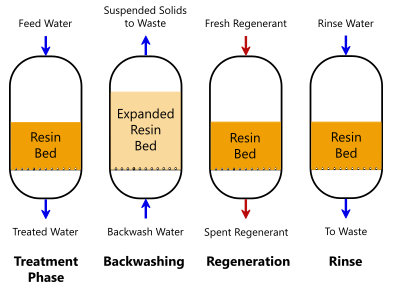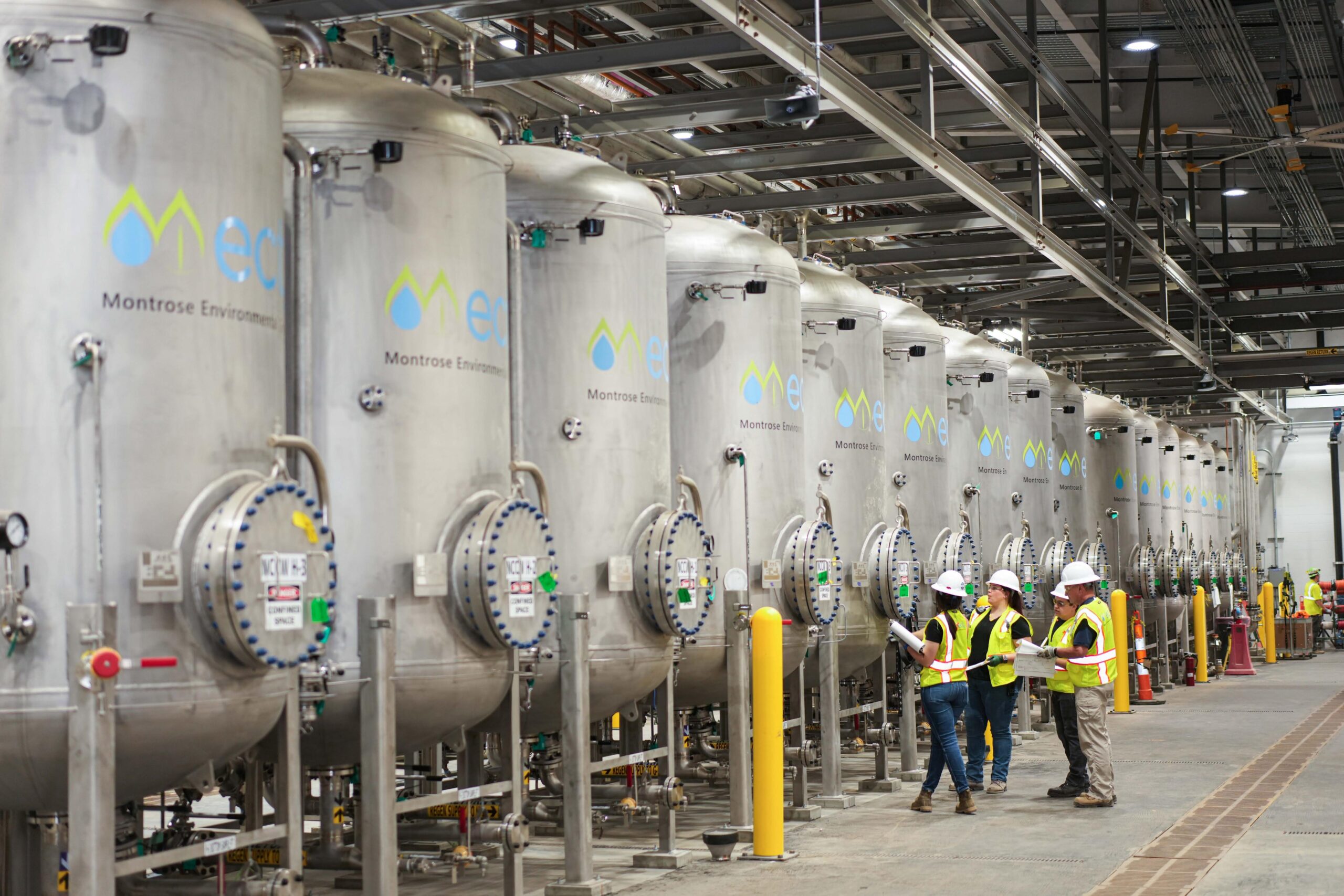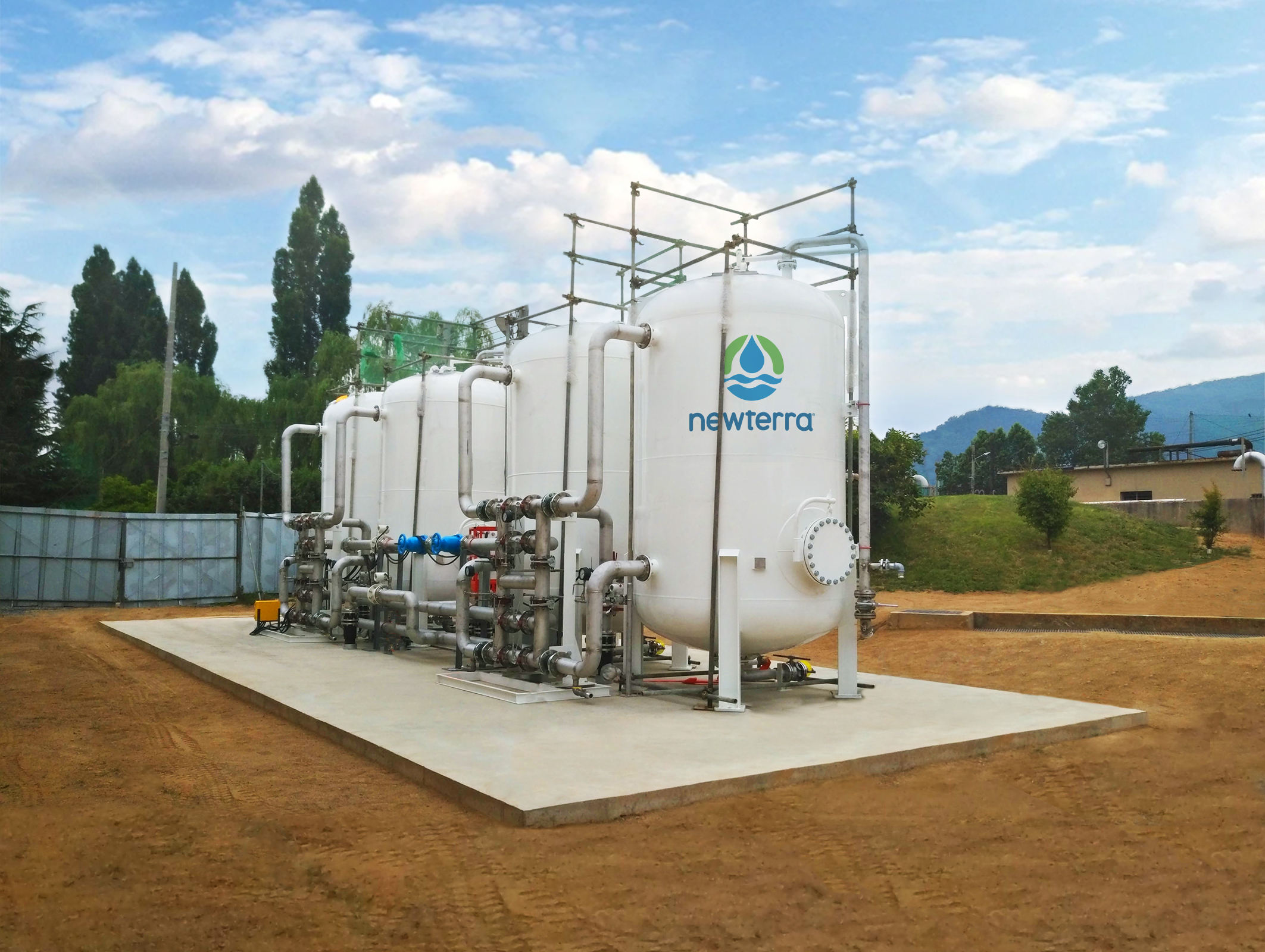Your Guide to PFAS Therapy Technologies and Benefits
The prevalence of PFAS contamination in water resources necessitates a comprehensive understanding of available therapy modern technologies. Various approaches, such as triggered carbon purification, ion exchange systems, and advanced oxidation procedures, present distinctive advantages in resolving these persistent toxins. Each innovation not just targets certain PFAS compounds yet likewise plays an important function in improving general water quality and safeguarding environmental integrity. As communities face the implications of PFAS direct exposure, the option of an appropriate therapy method ends up being progressively vital, motivating a better evaluation of these technologies and their respective advantages.
Comprehending PFAS Contamination
Comprehending PFAS contamination is critical for resolving its pervasive effect on environmental and human wellness (m270 pfas treatment). Per- and polyfluoroalkyl substances (PFAS) are a group of artificial chemicals widely utilized in numerous commercial and consumer products because of their water- and grease-resistant buildings. Typically located in firefighting foams, non-stick cookware, and water-repellent fabrics, PFAS have gotten in the setting with production procedures, wastewater discharges, and leaching from garbage dumps
As soon as launched, these substances continue the environment, leading to prevalent contamination of soil and water sources. Their special chemical framework, identified by solid carbon-fluorine bonds, provides them resistant to deterioration, causing a phenomenon understood as "for life chemicals." PFAS can accumulate in the human body and the food chain, potentially triggering damaging health impacts, consisting of immune system disruption, developmental problems, and an increased threat of certain cancers.
Regulative companies and health and wellness organizations are significantly recognizing the importance of PFAS contamination, motivating initiatives to keep an eye on, analyze, and alleviate its results. Understanding the paths of PFAS contamination is vital for educating public plan and developing reliable approaches to safeguard both ecological and human health and wellness.
Overview of Therapy Technologies
Various treatment modern technologies have been established to resolve the difficulties postured by PFAS contamination in water and soil. These innovations can be generally classified right into numerous categories, each with its special mechanisms and performance in removing PFAS compounds.
One noticeable technique is ion exchange, which uses material materials to record and eliminate PFAS from contaminated water. This approach is particularly effective for short-chain PFAS and can achieve significant decreases in focus degrees. Another innovation, advanced oxidation processes (AOPs), employs solid oxidants and ultraviolet light to damage down PFAS into much less dangerous compounds. AOPs are appropriate for dealing with a vast array of PFAS compounds however might need cautious optimization to make best use of effectiveness.

Turned On Carbon Filtering
Turned on carbon filtration is an extensively used technique for the elimination of PFAS from infected water, understood for its capacity to adsorb a broad array of organic substances. This innovation uses turned find out on carbon, a very permeable Homepage material with a considerable surface location, which facilitates the binding of PFAS molecules through physical adsorption. The effectiveness of activated carbon in removing PFAS is influenced by numerous elements, consisting of the sort of carbon utilized, the call time, and the focus of PFAS in the water.
One of the benefits of turned on carbon filtering is its adaptability; it can be implemented in various configurations, such as granular triggered carbon (GAC) systems or powdered turned on carbon (SPECIAL-INTEREST GROUP) systems. GAC systems are generally employed in larger-scale applications, while PAC can be made use of in smaller or momentary arrangements. Additionally, the innovation is fairly easy to operate and preserve, making it available for lots of water therapy facilities.

Ion Exchange Equipment
Ion exchange systems represent another effective technique for the removal of PFAS from infected water, enhancing methods like turned on carbon filtration. These systems operate the principle of exchanging ions in the water with ions hung on a resin material. Ion exchange materials can be especially formulated to target the negatively charged PFAS substances, effectively catching them and permitting cleaner water to travel through.
Among the primary advantages of ion exchange systems is their capability to get rid of a variety of PFAS, including both long-chain and short-chain versions. This adaptability makes them suitable for various applications, varying from community water treatment to industrial procedures. Furthermore, ion exchange systems can typically attain lower detection restrictions for PFAS compared to a few other therapy approaches, thus boosting water quality.
Nevertheless, it is important to check and manage the regeneration of ion exchange media, as the efficiency can decline a knockout post over time because of saturation. Correct maintenance and substitute of the material are important for maintaining the system's effectiveness. Generally, ion exchange systems provide a dependable and reliable service for PFAS elimination, adding dramatically to secure drinking water criteria and environmental defense.
Advanced Oxidation Processes
Advanced Oxidation Processes (AOPs) use powerful oxidants to properly deteriorate PFAS substances in polluted water. These cutting-edge treatment methods produce very reactive types, such as hydroxyl radicals, that can break down complicated PFAS particles into much less harmful by-products. m270 pfas treatment. AOPs normally use mixes of ultraviolet (UV) light, ozone, hydrogen peroxide, or Fenton's reagent, improving the oxidation capacity and enhancing degradation efficiency
The primary advantage of AOPs exists in their ability to target a broad series of PFAS compounds, including both long-chain and short-chain versions. This versatility is important, as PFAS contamination commonly entails combinations of different compounds with varying chemical structures. Furthermore, AOPs can be integrated right into existing water treatment systems, making them a functional solution for numerous towns and industries.
Nevertheless, the implementation of AOPs can be resource-intensive, requiring careful consideration of functional expenses and energy usage. Furthermore, while AOPs work in breaking down PFAS, they may not completely eliminate all byproducts, demanding additional treatment steps - m270 pfas treatment. Overall, AOPs stand for an encouraging method for resolving PFAS contamination, adding to cleaner water sources and boosted public wellness defense

Final Thought
To conclude, resolving PFAS contamination calls for a comprehensive understanding of available therapy technologies. Activated carbon filtration, ion exchange systems, and progressed oxidation processes each present one-of-a-kind benefits for efficiently removing these harmful substances from water sources. By selecting the appropriate modern technology, neighborhoods can improve water quality, protect public wellness, and alleviate the environmental threats related to PFAS direct exposure. Continued research and application of these methods are vital for reliable monitoring of PFAS contamination in impacted areas.